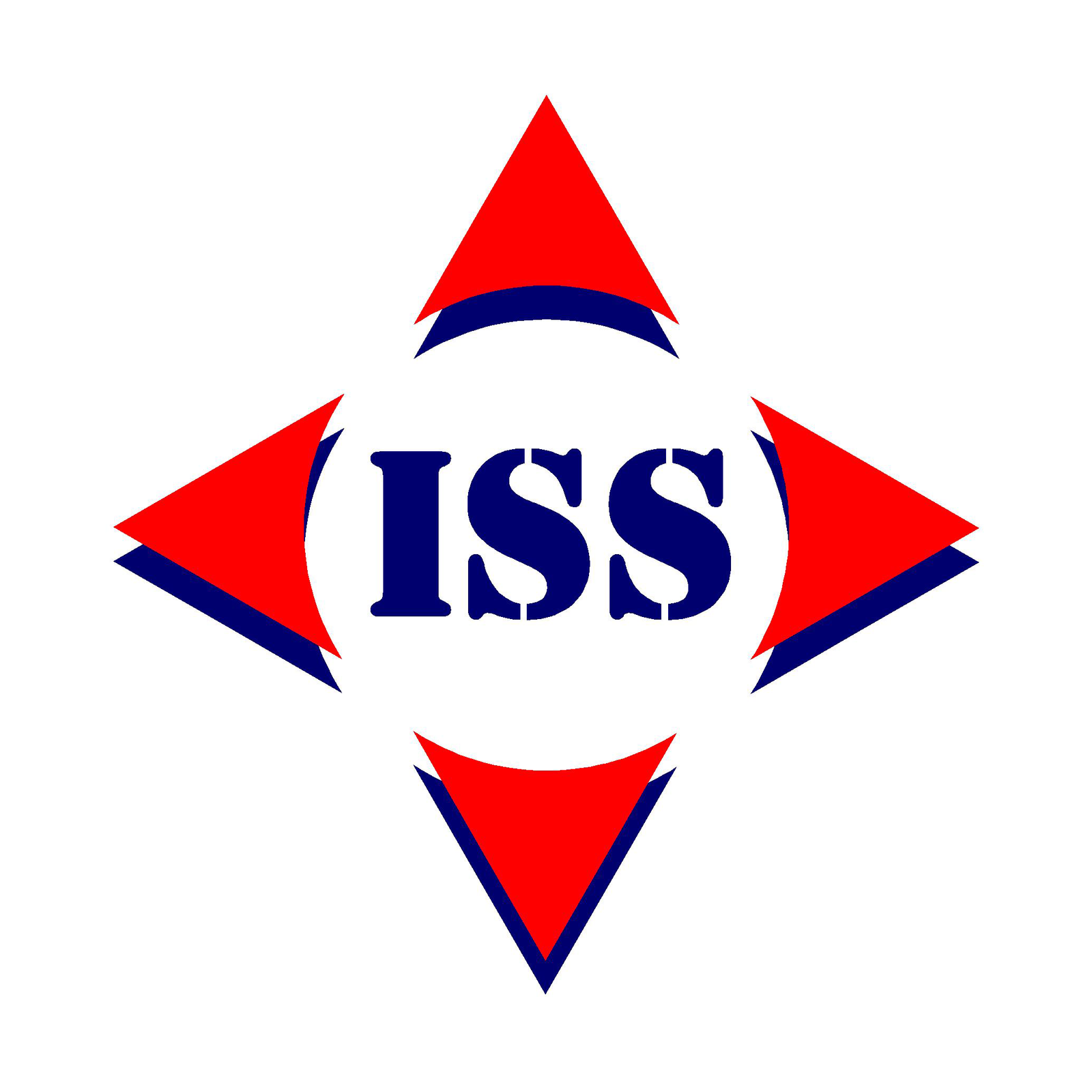
In the booming world of ecommerce, much attention is paid to getting products to customers quickly and efficiently. However, the often-overlooked return journey—reverse logistics—can significantly impact your business's profitability, customer satisfaction, and environmental footprint. With Australian online retail sales exceeding $62 billion annually and average return rates between 20-30% for ecommerce purchases, effectively managing the reverse flow of goods has become a critical competitive advantage.
At ISS Shipping, we've observed how businesses that transform their returns process from a cost center into a strategic operation gain significant advantages in the marketplace. This blog explores how Australian ecommerce businesses can optimize their reverse logistics to reduce costs, improve customer satisfaction, and create new value streams.
The True Cost of Returns for Australian Retailers
Before discussing solutions, let's understand the full impact of returns on your business:
- Direct Costs
- Hidden Expenses: Staff time, warehouse space, depreciation of returned goods, and inventory carrying costs all contribute to the total impact.
- Environmental Burden: The carbon footprint of a returned item can be up to twice that of the original delivery when inefficiently managed.
- Customer Experience: 84% of shoppers won't return to a brand after a poor returns experience, according to recent Australian retail studies.
For many Australian retailers, particularly those shipping internationally, these costs can quickly erode profit margins if not strategically managed.
Streamlining Returns Processing: Beyond the Basics
1. Intelligent Returns Initiation
The returns process begins well before a package arrives back at your warehouse:
- Digital Return Authorization: Implement online return portals that gather critical information upfront—reason for return, condition assessment, and photos—enabling you to make processing decisions before items arrive.
- Dynamic Return Labels: Generate QR codes or barcodes that contain detailed information about the return, allowing for automatic sorting upon arrival.
- Return Routing Intelligence: Direct returns to the most appropriate facility based on item type, condition, and most efficient disposition path.
2. Centralized vs. Distributed Returns Processing
The geographic spread of Australian customers presents unique challenges and opportunities:
- Returns Consolidation Centers: Strategic regional collection points that consolidate multiple returns before forwarding to processing centers can reduce freight costs by 15-25%.
- Third-Party Returns Processors: Partners who specialize in returns management can offer economies of scale, particularly for businesses with fluctuating return volumes.
- Cross-Border Returns Management: For international sellers, consider local returns processing in key markets rather than shipping all items back to Australia.
3. Technology-Driven Processing Efficiency
Modern returns centers leverage technology to accelerate decision-making:
- AI-Powered Inspection: Computer vision technology can assess product condition and authenticity faster and more consistently than human inspection alone.
- Automated Sortation: Conveyor systems with barcode or RFID scanning can direct items to appropriate processing stations based on pre-determined disposition paths.
- Integrated Testing Stations: Purpose-built workstations that facilitate quick functional testing of electronics or apparel inspection.
Minimising Restocking Fees and Related Costs
Restocking fees often seem like a simple solution to offset returns costs, but they can damage customer relationships and reduce future purchases. Consider these alternatives:
1. Prevention-Focused Strategies
- Enhanced Product Information: Detailed sizing guides, 360° product views, and comprehensive specifications can reduce "expectation gap" returns by up to 20%.
- AI Size Recommendation Tools: Technologies that help customers select the right size based on previous purchases or measurements can significantly reduce apparel returns.
- Virtual Try-On Solutions: Augmented reality tools allowing customers to visualize products in their space or on themselves before purchasing.
2. Operational Cost Reduction
- Returns Process Mapping: Identify and eliminate redundant steps in your returns workflow to reduce handling time.
- Packaging Designed for Returns: Shipping boxes with tear strips and resealable features facilitate easy returns without requiring new packaging materials.
- Bulk Processing: Group similar return types for more efficient handling rather than processing each return individually.
3. Strategic Policy Adjustments
- Tiered Return Policies: Offer more generous return terms for loyal customers or higher-value purchases.
- Return Window Optimization: Find the sweet spot between customer satisfaction and minimizing product depreciation—typically 30-45 days for most product categories.
- Location-Based Policies: Different policies for metropolitan vs. regional customers that reflect the actual logistics costs involved.
Converting Returns into Opportunities
Returns shouldn't be viewed merely as lost sales, but as potential assets:
1. Repackaging and Resale Strategies
- Tiered Condition Grading: Establish clear criteria for determining whether returned items can be resold as new, open-box, refurbished, or parts.
- Specialized Refurbishment: For higher-value items, investing in proper restoration can recover 60-80% of the original selling price.
- Secondary Market Channels: Develop outlet stores, dedicated "open box" sections on your website, or relationships with liquidation platforms to monetize items that cannot return to primary inventory.
2. Data Mining Returns for Business Intelligence
- Return Reason Analysis: Identify patterns in return reasons to address product design, description, or quality issues at their source.
- Customer Return Profiling: Differentiate between legitimate returns and potentially abusive patterns without penalizing good customers.
- Geographical Return Mapping: Identify regions with higher return rates and investigate potential causes (shipping damage, regional preferences, etc.).
3. Sustainability Initiatives
- Recycling Programs: Establish processes for responsibly recycling components from unsalvageable returns.
- Charity Partnerships: Donate appropriate returned merchandise to charitable organizations (with potential tax benefits).
- Carbon Offset Programs: Counterbalance the environmental impact of returns through verified carbon offset projects.
Conclusion
Effective reverse logistics is no longer optional for successful ecommerce operations. By transforming returns from a necessary evil into a strategic advantage, retailers can improve customer satisfaction, reduce operational costs, and create new value recovery opportunities.
The future of ecommerce belongs to businesses that master both forward and reverse supply chains, creating seamless circular systems that delight customers while protecting profitability and the planet. With thoughtful strategy and the right logistics partners, your returns process can become a powerful driver of customer loyalty and sustainable growth.
Need help optimizing your logistics? Contact ISS Shipping!




